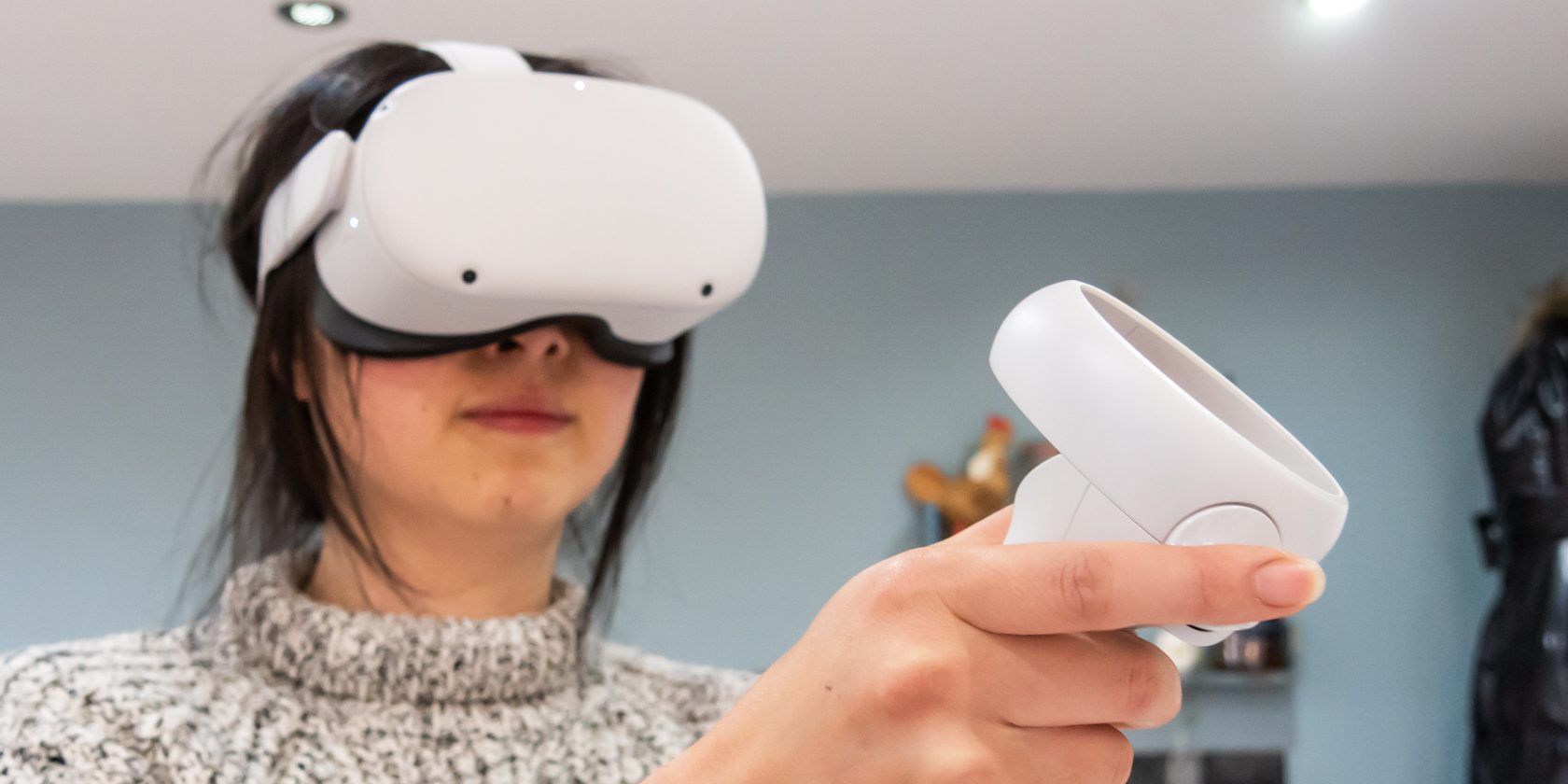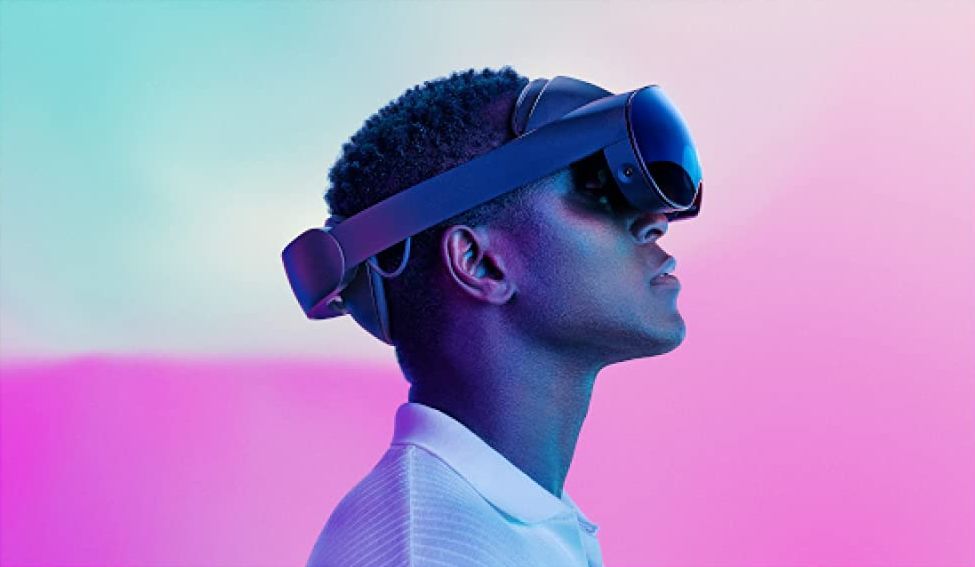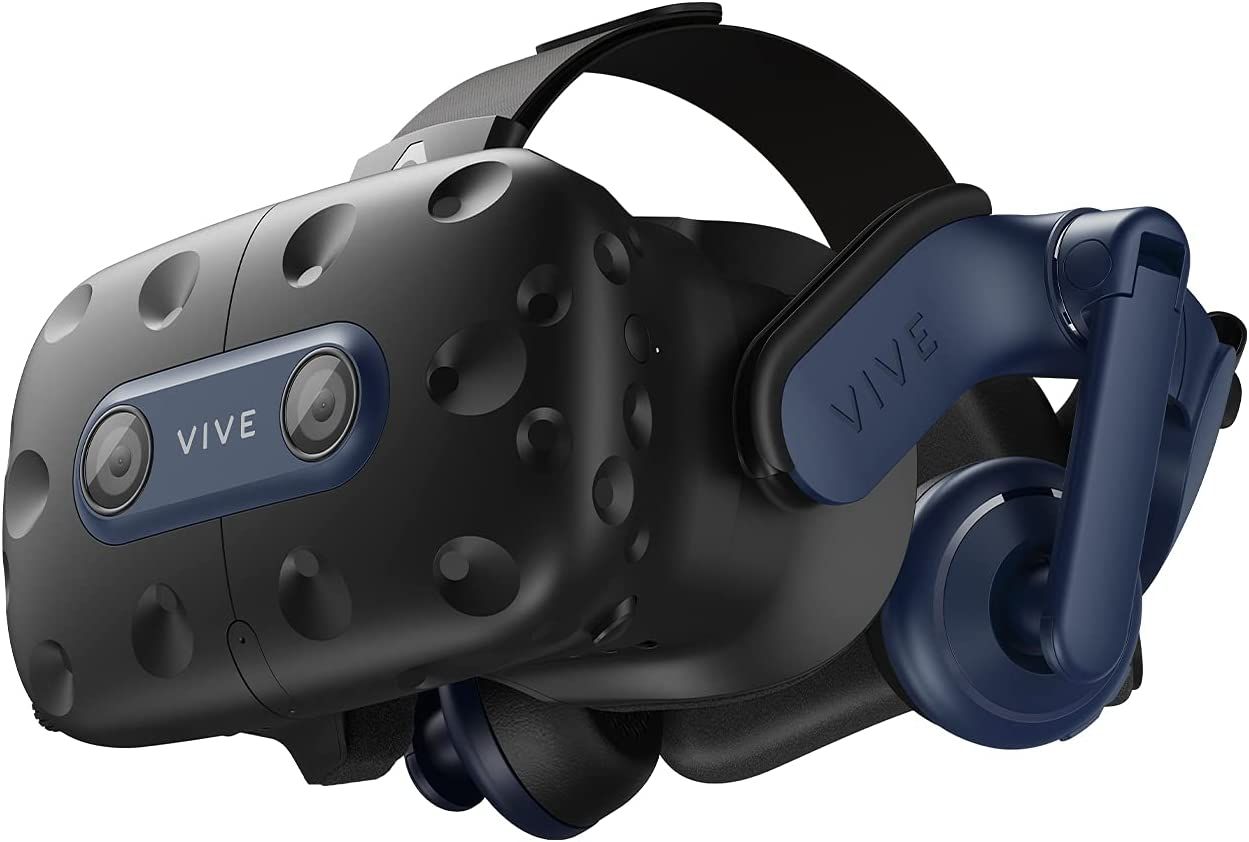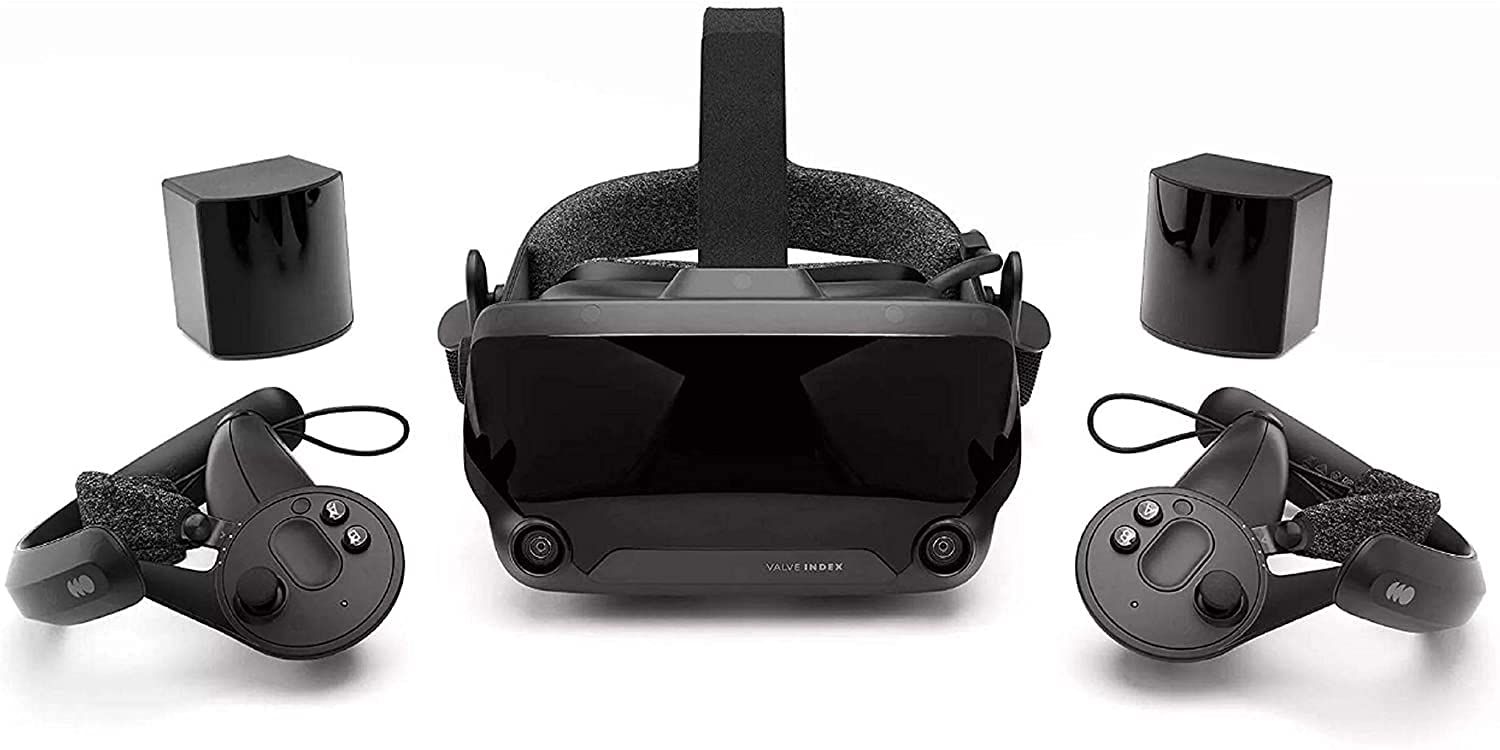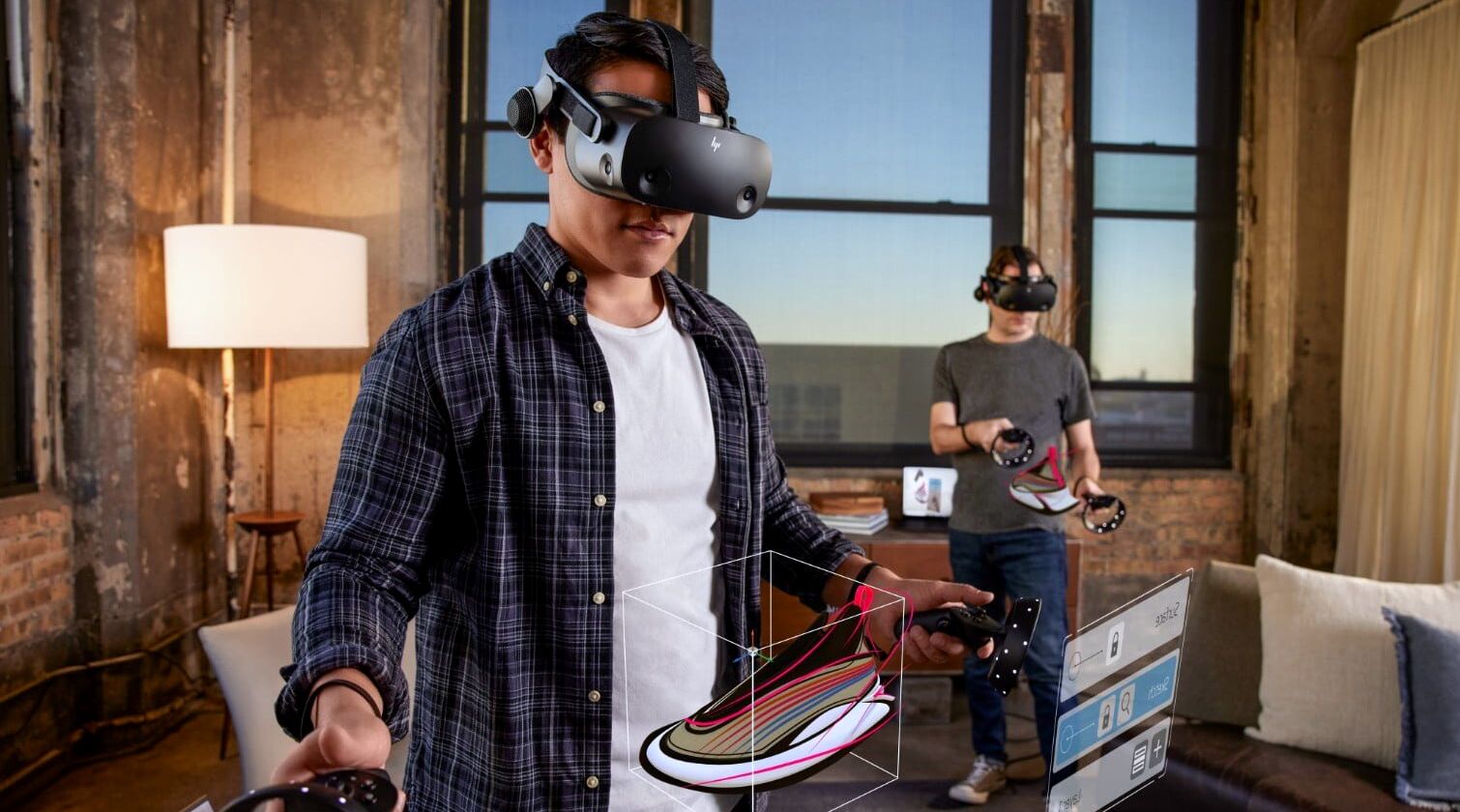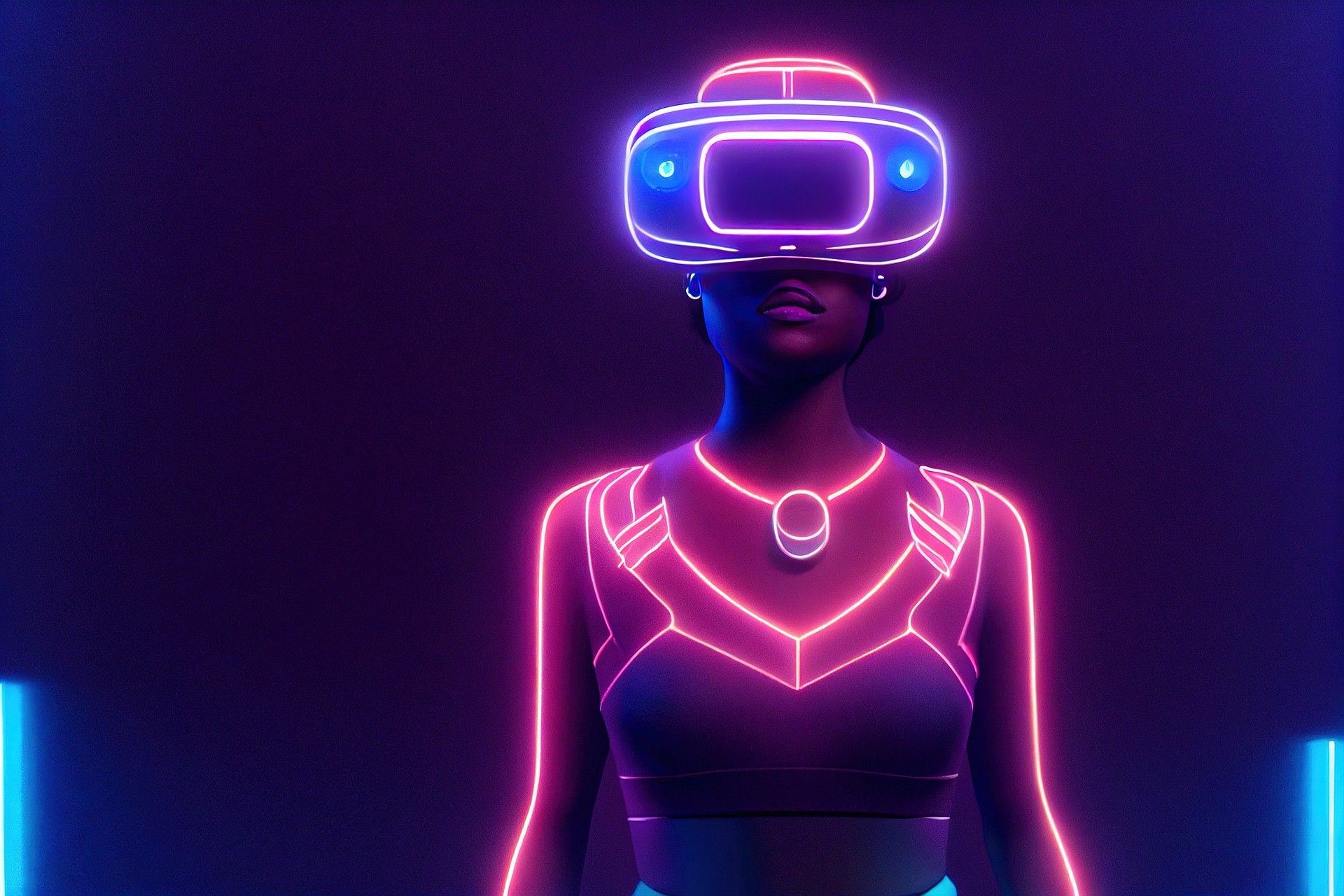With the numerous tech companies working on metaverse platforms and technology, augmented (AR) and virtual reality (VR) computing trends are on the rise. As metaverse platforms begin to roll out, you may wonder if your computer can support them. What computer specs will be required to run the metaverse?
The metaverse is a term used to explain a virtual and immersive environment in which a user can interact with a digital environment and other users. The term was first coined in 1992 by author Neal Stephenson in his science fiction novel “Snow Crash.”
Meta’s CEO, Mark Zuckerberg, publicly announced to the world the company’s vision to build a metaverse in October 2021. The announcement detailed Meta’s goals and hopes to implement virtual and augmented reality technologies to create a hyper-realistic virtual reality where people are connected in an immersive world.
Since then, tech giants have invested in the metaverse, plowing large amounts of revenue and resources into the research and development of metaverse technologies. This includes both hardware and software following the virtual and augmented reality trend.
What Are the VR/AR Hardware Requirements for the Metaverse?
To access metaverse platforms, you’ll need a VR/AR headset. Though capabilities/hardware differ, every headset features a display for each eye and some form of connectivity to your computer, whether a cable or a wireless connection. A stable internet connection will also be required to ensure your experience of the metaverse is not frustrating.
Even the standard, mid-range VR/AR headsets of 2023 are likely to be capable of handling metaverse-style graphics. Meta has an initial goal of adopting one billion users upon the launch of the metaverse. To achieve this, they need to make the environments available. Current images and demonstrations of metaverse-style environments depict cartoon-style layouts and avatars that are simple to render and require fewer hardware resources.
Since the metaverse is touted to launch with similar graphics experienced by today’s hardware, let’s look at the VR and AR headsets and the specifications required to run computer-based metaverse environments and experiences.
1. Meta Quest 2
Originally called the Oculus Quest 2 until Meta’s rebranding, this headset can run stand-alone and can also be linked to your computer by way of a Rift cable or via Air Link (providing your internet can support it) for an increased experience. In addition, the Meta Quest 2 is highly regarded as budget-friendly while offering a refresh rate of up to 120Hz.
Minimum computer specifications required:
- Processor: Intel i5-4590/AMD Ryzen 5 1500X or greater
- Graphics card: NVIDIA GeForce GTX 900-series and above
- Memory: 8GB or more of RAM
- Operating system: Windows 10, Windows 11
- USB ports: One USB-C port (unless using Air Link)
It is worth noting that even though the Meta Quest is becoming a little dated now, the specifications to run on a computer are unlikely to change in future versions. For more, see our Meta Quest 2 review.
2. Meta Quest Pro
The Meta Quest Pro is Meta’s first complete VR offering. Similar to the Meta Quest 2, this headset can run stand-alone with its built-in Snapdragon 662 mobile CPU. But it can also be linked to your computer using the Rift cable or Air Link to achieve better graphics and overall experience. The Meta Quest Pro is slimmer, more powerful, has better quality displays, and is the start of Meta’s ambitions for a fully immersive internet.
Minimum computer specifications required:
- Processor: Intel i5-4590/AMD Ryzen 5 1500X or greater
- Graphics card: NVIDIA GeForce GTX 900-series and above
- Memory: 8GB or more of RAM
- Operating system: Windows 10, Windows 11
- USB ports: One USB-C port (unless using Air Link)
However, the Meta Quest Pro is not really a budget-friendly option starting at $1,499.99.
3. HTC Vive Pro 2
The HTC Vive Pro 2 can only operate when connected to a computer and is regarded as a professional offering. The Vive Pro 2 is one of HTC’s newer headsets offering up to 120Hz refresh rates and 5K resolution.
Minimum computer specifications required:
- Processor: Intel Core i5-4590/AMD Ryzen 1500 equivalent or better
- GPU: NVIDIA GeForce GTX 1060 (3GB), AMD Radeon RX 480 equivalent or better
- Memory: 8GB RAM or more
- Video output: HDMI 1.4, DisplayPort 1.2 or higher
- USB port: One USB 3.0 port or newer
- Operating system: Windows 10, Windows 11
The HTC Vive Pro 2 starts at $799 and comes with an all-in-one cable and link box.
4. Valve Index VR Kit
This offering from Valve is designed to be highly compatible with Steam. It runs only on a computer and is regarded as an option for high-end VR gaming. The headset is aimed more at VR gaming rather than the metaverse but is a good example of a more demanding use case for VR. Starting at $749 for the headset only, this option sits squarely in the mid-range category of VR hardware.
Minimum computer specifications required:
- Processor: Intel Core i5-7500 / AMD Ryzen 5 1600 equivalent or better
- GPU: NVIDIA GeForce GTX 970+ or AMD RX480+
- Memory: 8GB+
- Video output: Available DisplayPort (Version1.2)
- USB port: One USB 3.0 port or newer
- Operating system: Windows 10, SteamOS, Linux
It is worth remembering that although the Valve index is the second generation that Valve has offered, it was released in 2019 and is at risk of becoming a dated product.
5. HP Reverb G2
Hewlett-Packard also has its computer-tethered VR offering. The HP Reverb G2 is designed to work with Steam and Windows Mixed Reality and is a budget product with high-spec features. It features good resolution displays, high-end audio, and lenses designed by Valve.
Minimum computer specifications required:
- Processor: Intel Core i5, i7, Intel Xeon E3-1240 v5, equivalent or higher AMD Ryzen 5 equivalent or higher
- GPU: NVIDIA GTX 1060 (6GB) or Radeon RX 580 GPU
- Memory: 8GB RAM or more
- Video output: Available DisplayPort (Version1.3)
- USB ports: One USB 3.0 Type-C port
- Operating system: Windows 10 May 2019 update or later
With a six-meter USB-C link cable included in the box and a mid-range price point of $599, the HP Reverb G2 is a competitive option.
Right now, you have a little time to see what products come to market. However, to ensure your computer will be capable of running a variety of compatible VR and AR headsets, you should have a machine with at least the following specs:
| Component | Minimum Specification |
|---|---|
| Processor | Intel Core i5 / AMD Ryzen 5 |
| Graphics | Nvidia GTX 1060 (6GB) / AMD Radeon RX 580 |
| RAM | 8GB |
| Operating System | Windows 10 |
While these are the minimum specifications, it’s worth exceeding them. Minimum specs are often quickly succeeded in hardware technology, so it is recommended to equip your machine with better components to future-proof it.
AR/VR Tech of the Future
Current hardware may be a rather bulky head-mounted display attached to a computer via a long cable (in most cases). Still, there are already early signs that headset connectivity will soon be wireless in a similar way demonstrated by the Meta Quest and its Air Link technology. In addition, components and designs are becoming gradually smaller, sleeker, and refined, allowing a shorter distance to attain the same visual results. This indicates a future where AR/VR tech will be more appealing to a wider range of people.
Looking into the near future, we expect a budget VR offering from Meta in the form of the Meta Quest 3. We can expect a slimmer profile similar to the Meta Quest Pro but at a more budget-friendly price tag. Apple is also expected to release an offering of its own, but what do we know about Apple’s VR headset? It is speculated to cost around $2,000, which is not in many people’s budget, but we must wait and see.
Take Advantage of VR/AR Computing and Be Ready for the Future
The metaverse will shake up how we use and interact with our computers. While we may not know all the details of a metaverse-laden world, we can be sure that VR and AR hardware trends will directly correlate with the roll-out of virtual world environments.

